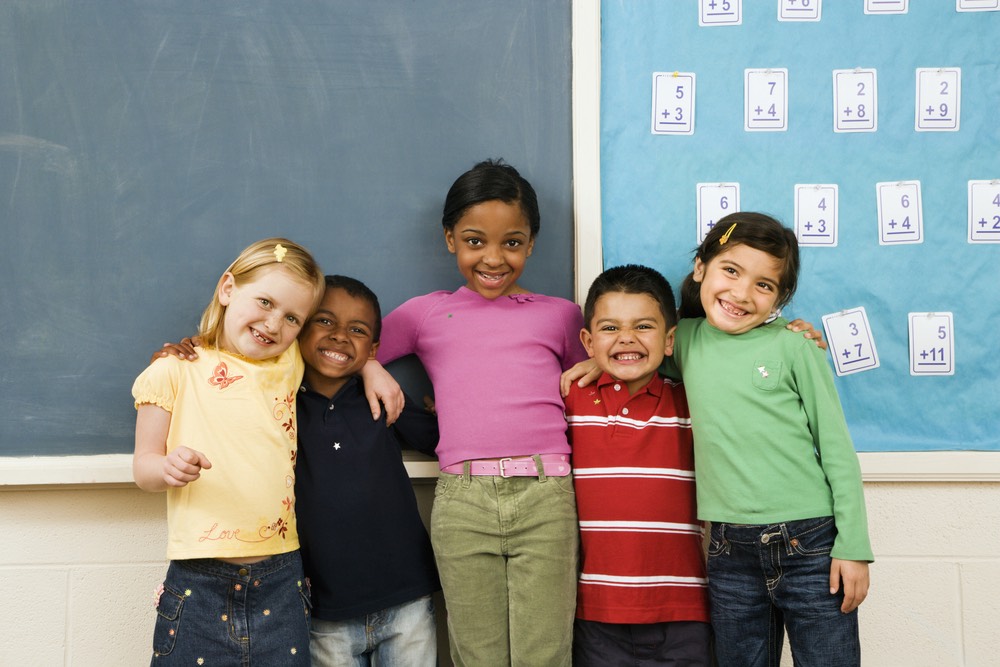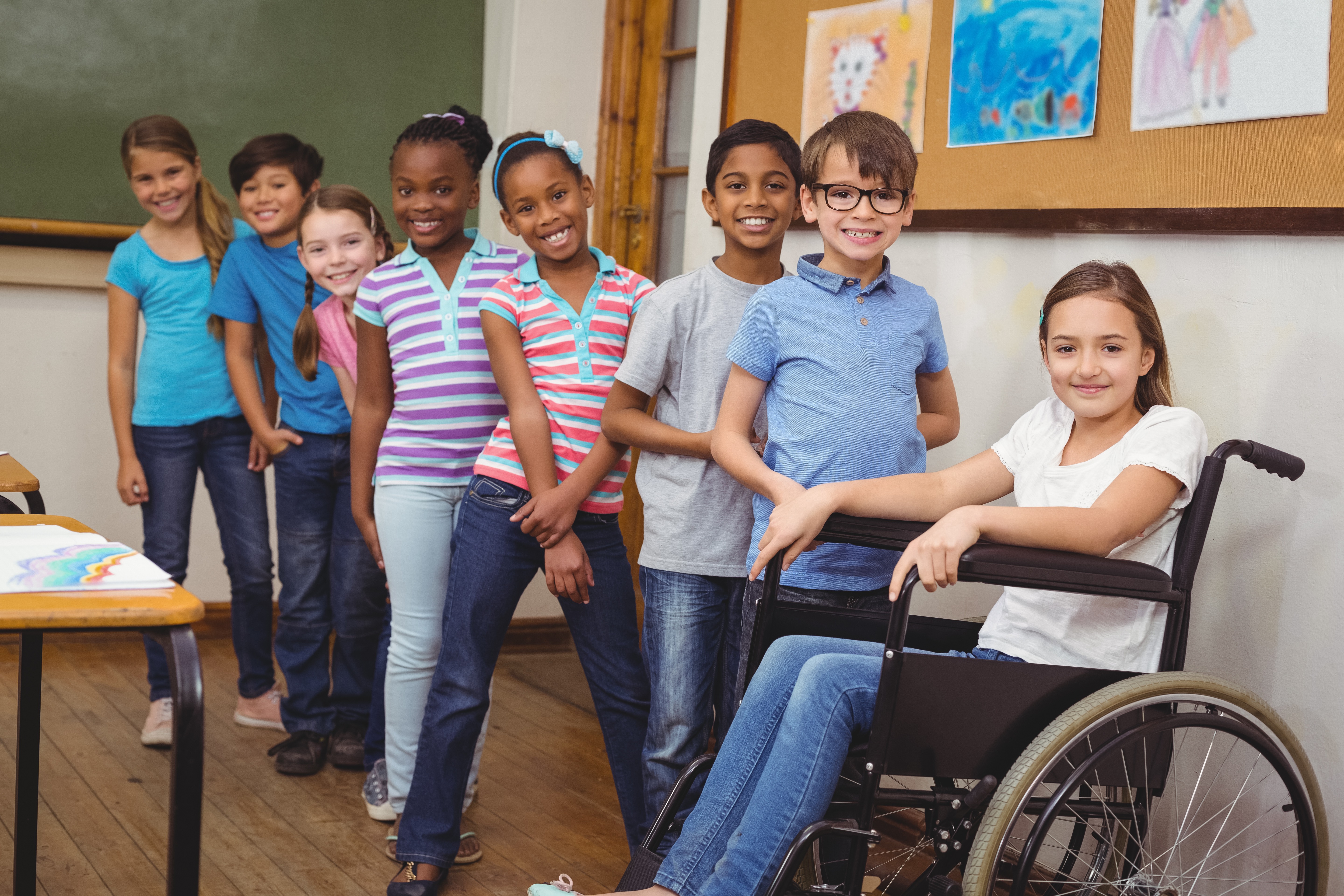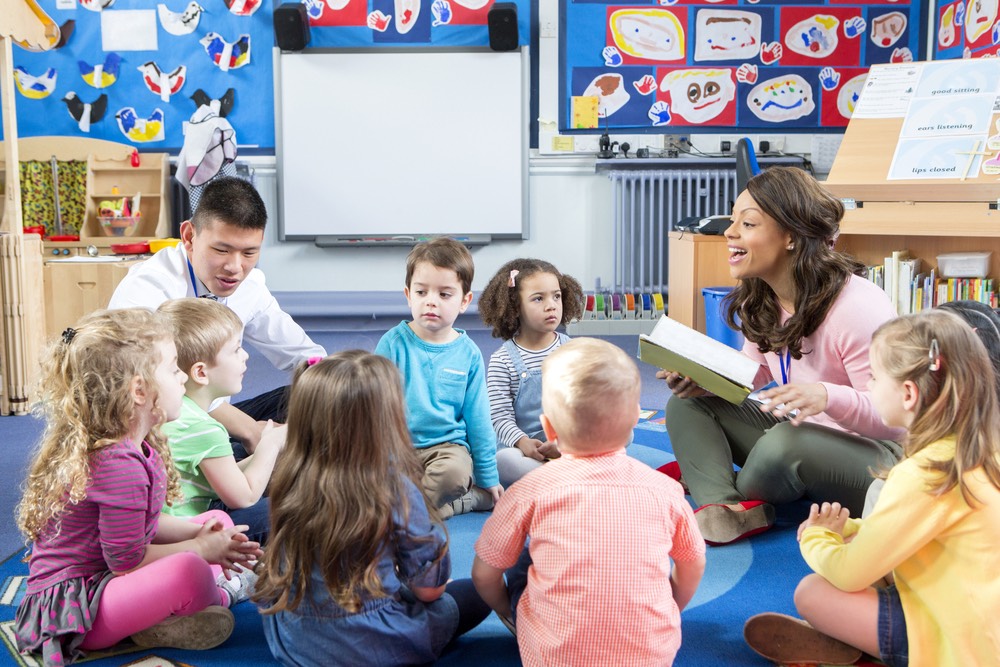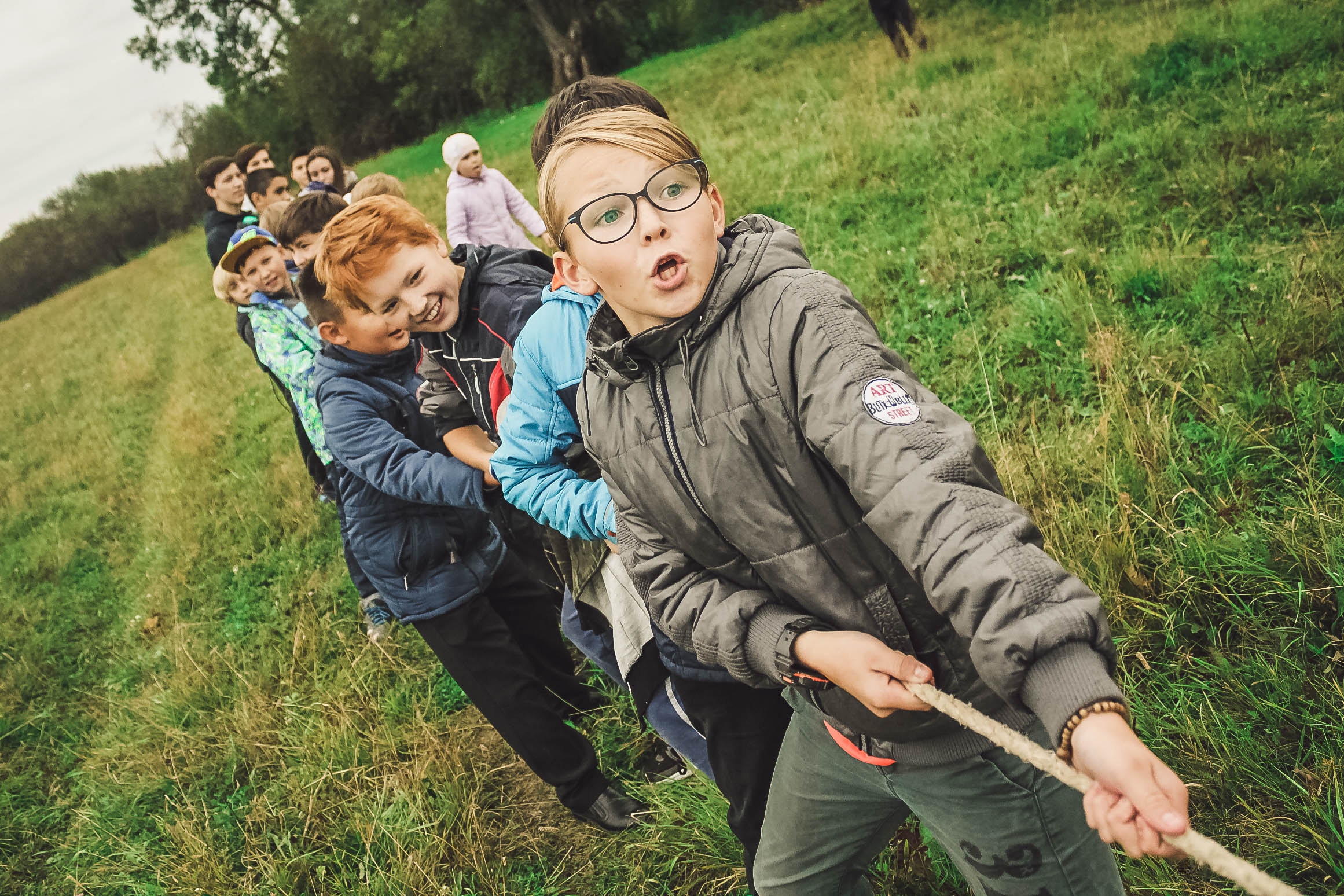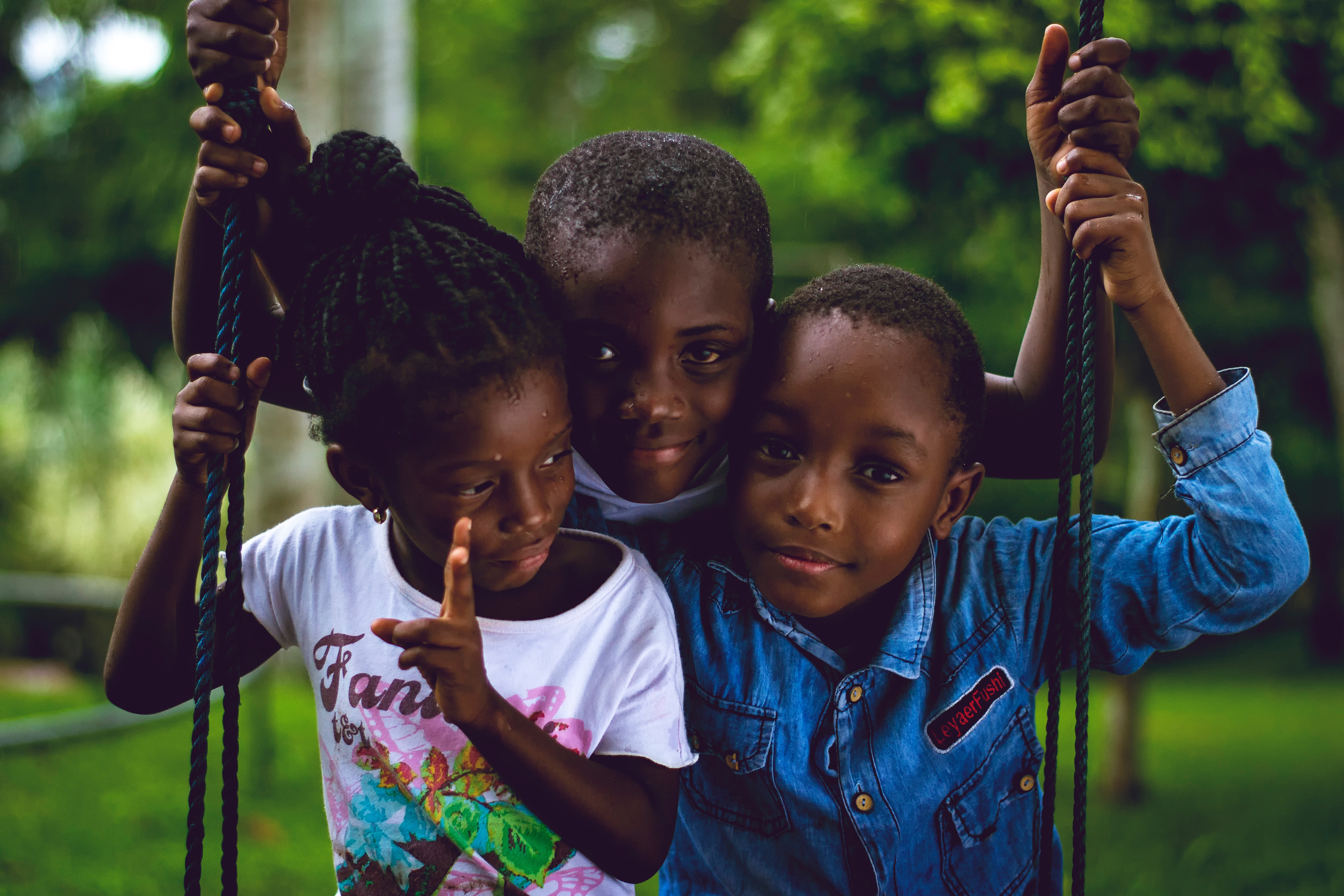Lesson Changes
| Lesson | Summary of changes to lesson content |
| 1. About Strong Kids/Teens | The concept of emotions is introduced in here, rather than in Lesson 2. Introduces a broader scope of emotional vocabulary and real-life children modeling emotions. Introduces the concept of concurrent emotions. Introduces mindfulness-based focusing activities. |
| 2. Understanding Your Emotions (1) | Introduces the concept of physical feelings associated with emotions. Normalizes feelings of discomfort. Includes strategies to promote mindfulness of emotions, thoughts, and physical feelings. |
| 3. Understanding Your Emotions (2) | Introduces the concept of emotions, thoughts, and behaviors interacting. Includes discussion of the ways in which behaviors communicate emotions, including helpful and unhelpful behaviors. Includes discussion of avoidance or repression of feelings. Considers the context in the expression of emotions. The way we show how we are feeling depends on where we are, who we are with, what we want/need in the situation. |
| 4. Understanding Other People’s Emotions | This lesson is now sequenced before the lesson on anger to provide more instruction on empathy and alternative perspectives first. Introduces enhanced distinctions between empathy and sympathy. Includes enhanced discussion and role-play in perspective taking. |
| 5. Dealing with Anger | Frames the reaction to anger as a range of choices. Introduces the option of not reacting when experiencing anger. Includes concepts pertaining to complex emotions. Anger can be experienced along with emotions like sadness or jealousy. |
| 6. Clear Thinking (1) | "Thinking errors" are now defined as "thinking traps." Introduces two new cognitive distortions or thinking traps: "All alone," the feeling that one’s experiences are so unique that no one else could possibly understand; and "broad brush," overgeneralizing from one experience, often at play in the development of stereotypes. Addresses another cognitive distortion, the belief that one’s thoughts are reality. |
| 7. Clear Thinking (2) | Introduces the concept of "snowball effect"; i.e., one thinking trap can lead to more thinking traps or an accumulation of pessimistic thinking. Includes scenarios that address perfectionistic thinking; an example pertains to perfectionistic thoughts about body image. Includes discussion about identifying patterns or habits of thought, in addition to intensity as a way to identify distorted perceptions, Includes more concrete analogies and images to help students understand the concept of reframing. |
| 8. Solving People Problems | Emphasizes respectful and responsible choices about personal behavior based on social norms, realistic evaluation of consequences of various actions, and the well-being of self and others. Includes expanded options to resolving conflicts using a problem-solving model. Includes gray areas or less clear-cut examples. |
| 9. Letting Go of Stress | Reframes stress, shifting from a perception that the stressor is always harmful to one that stress can pose a healthy challenge. Illustrates how to evaluate expectations as realistic or unrealistic. Includes procrastination and avoidance. Includes more activities to help students cope with stress; e.g., nature, physical activity, deep breathing, diet. |
| 10. Positive Living | Replaces the previous edition’s Positive Thinking lesson. Includes ways to promote a sense of personal control and facilitate the development of healthy habits and activities across school, home, and community settings. Provides students with the opportunity to assess their daily routines and whether or not they are helpful. Introduces the concepts of balance and evaluating actions that may have short-term and/or long-term benefits. |
| 11. Creating Strong & Smart Goals | Introduces setting SMART (specific, measureable, attainable, relevant, and timely) goals. Promotes self-assessment in areas of physical and emotional health and school, family, and community connections. Identification of personal strengths and areas for growth. Emphasizes effort and a growth mindset to facilitate determination and perseverance after setbacks. |
| 12. Finishing UP! | Provides more integration of critical concepts found across all lessons. Promotes awareness of when help may be needed. Includes a section on accessing community resources and where to go for help. Emphasizes resilience and persistence. |
New lesson components: What’s different across the lessons?
The lessons continue to follow a standardized format, but we added several standard sections to all the lessons.
- SEL competencies. See the section below for more information Jump to SEL Competencies
- Running short on time? Offers suggestions for how to segment the lessons.
- Instructor reflection. Allows users to reflect on their personal experiences with the skills taught in each lesson to develop a deeper understanding of the content. This deeper understanding can lead to greater self-efficacy, which can result in enhanced student outcomes.
- Introductory mindfulness-based focusing activity. See section on mindfulness-based activities for more information [insert hyperlink here]
- Putting it all together. Integrating key concepts in a culminating application activity.
- Closing breathing activity. See section on mindfulness-based activities for more information [insert hyperlink here]
- Additional activities. Promote generalization and maintenance of skills across settings and time.
- Running Short on Time? We recognize that teachers often do not have a segment of time long enough to complete an entire lesson. In response to this observation, we have included this new section at the start of each lesson. This section provides suggestions for appropriate places to consider stopping the lesson—–-places where it would be relatively easy for teachers to pick up and finish at another time.
- Instructor Reflection. This segment provides teachers with guiding questions that will help them reflect on lesson content as they experience it individually and as they observe students experiencing it in the classroom. Taking this time to reflect may make teaching the concepts easier.
- Optional Focusing Activity. Practitioners may choose to introduce mindfulness practices within the curriculum. Initial research on secularized approaches suggests that developmentally appropriate, regular mindfulness practice can help children pay attention, feel calm, engage in fewer problem behaviors, feel less anxious, and so forth. Example practices may include paying attention to one’s breathing and/or the sounds in the environment and identifying feelings and where in the body those feelings are experienced.
- Extension Activities: At the end of each lesson, students are given the opportunity to reflect on the lesson by means of journal prompts (k-2 specifically) or creative activities. Entries can be written or drawn, depending on the development of the students. The activities provided are different for each lesson and include art projects, interactive games, suggested videos, and so forth. We envision teachers incorporating such activities into center time or, large- or small- group time.
- Fidelity Checklists. We have included fidelity checklists with each lesson. These checklists include what we consider to be the critical components of each lesson. We suggest that teachers use these checklists to track their implementation, to identify parts that might have been missed, to address missing parts at a later time, and so forth. Practitioners may also like to self-monitor the extent to which lessons are being implemented as designed within the curriculum. We suggest that teachers use these checklists to track their implementation, to identify parts that might have been missed, to address missing parts at a later time, and so forth.
Lesson 1: The Feelings Exercise Group Students are introduced to the Strong Start curriculum, and specifically the purpose, goals, expectations, and general practices.
Lessons 2 and 3: Understanding Your Feelings Students are engaged in activities intended to improve their emotional vocabulary, awareness, and resiliency skills. Students learn that, although it is okay to have any feeling, there are appropriate and inappropriate ways of showing or expressing feelings.
Lesson 4: Understanding Other People’s Feelings Students focus on discerning and understanding the feelings that other people experience to positively inform their emotional awareness skills.
Lesson 5: When You’re Angry Students develop an understanding of anger, and specifically, recognition of anger, common situations that might lead people to feel angry, and how to appropriately respond when others are angry.
Lesson 6: When You’re Happy Students develop an understanding of happiness, and consider the connections among this feeling, their thoughts, and various contexts. Students are also introduced to cognitive restructuring techniques to reframe and view situations more positively.
Lesson 7: Learning Appropriate Techniques to Manage Stress Students are taught to apply specific behavioral, affective, and cognitive skills and strategies to situations that might cause them worry and anxiety.
Lesson 8 - Being a Good Friend Students are introduced to skills that foster effective interpersonal communication. Skills such as using a nice voice, being a good listener, making appropriate eye contact, and using appropriate body language are emphasized.
Lesson 9: Solving People Problems Students build upon their skill-set by considering ways to effectively resolve conflicts with their peers. Learning these skills may serve as a preventive factor for deterring emotional as well as social problems.
Lesson 10: Finishing Up! Students review key points and terms from the lessons presented throughout the previous several weeks. This lesson emphasizes celebrating the accomplishments that have been made through involvement with the Strong Start curriculum
